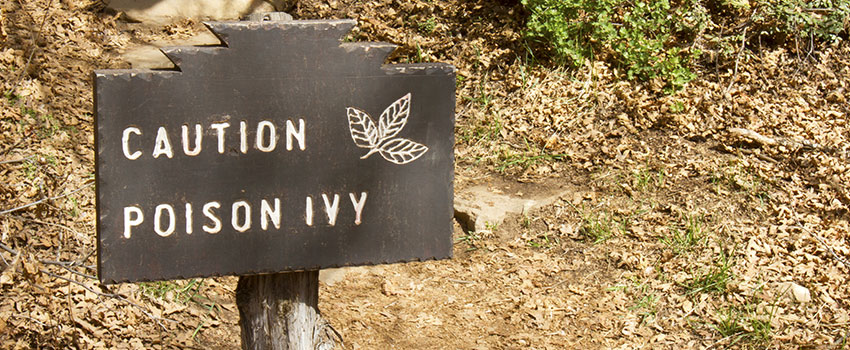
While poison ivy, oak and sumac are often associated with the depths of the forest, during the summer months, they can grow and spread nearly anywhere. While there is 15% of the population that is not allergic, for the majority of people, it is a real concern. Most poison ivy rashes are not serious, but they are seriously uncomfortable and can last for several days—meaning if you are able to, practicing prevention when you will be out in nature is key. Read on as our AFC Urgent Care Ooltewah team shares some insight.
What Are Ways to Prevent Poison Ivy Rashes?
The most common saying in regards to poison ivy is, “leaves of three, let them be,” and this is still great advice. Both poison ivy and poison oak have leaves that grow in triplets that you can learn to identify and then steer clear of any time you are out and about. Aside from simply avoiding contact, covering your skin completely when outdoors is a good secondary protection measure—but remember to change clothes carefully and shower if possible when you get back inside, as you can also get exposed from indirect contact if the oils are on fabrics. If you are at risk for frequent exposure, talk to your doctor about skin products that you could apply to provide a barrier to the harmful oils.
Types of Reactive Plants
- Poison ivy
- Poison oak
- Poison sumac
What Are the Symptoms of Poison Ivy?
While a rash due to poison ivy, oak or sumac is a nuisance, it tends to be far more easily identifiable because of how annoying it is. You can identify a poison ivy rash by distinctive symptoms.
Poison Ivy Reaction Symptoms
- Red, splotchy skin that is incredibly itchy
- Swelling and inflammation in the impacted area
- Blistering
- A burning sensation on the skin
If your poison ivy has persisted or become severe, we can help you. Contact your AFC Urgent Care Ooltewah team today to schedule an appointment.


